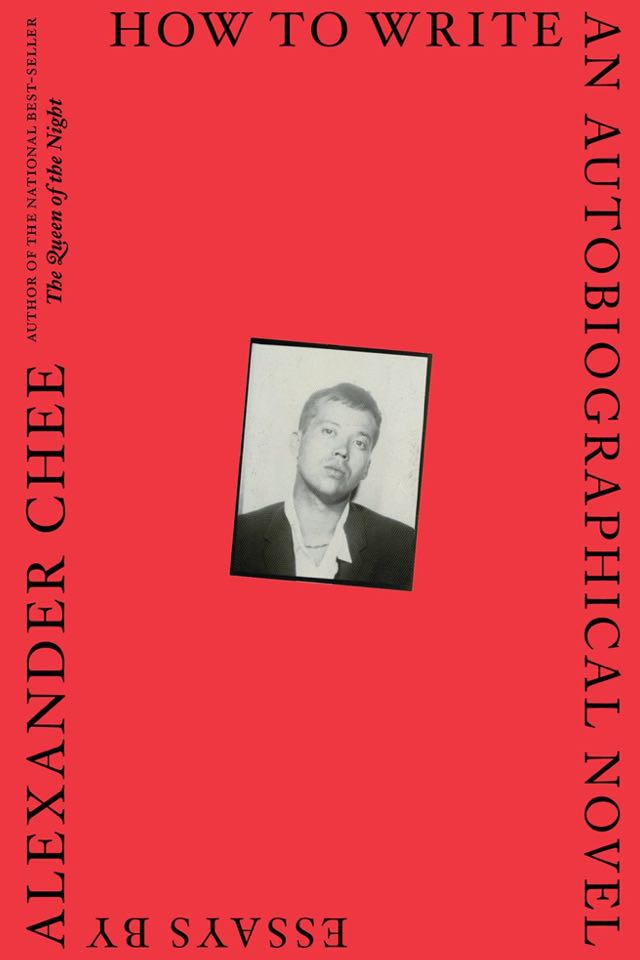How to Write an Autobiographical Novel
— Alexandra d’Abbadie
There are a few books that will perennially be found close to the owner’s person: on their bedside table, in their favourite bag. Books that are destined to be bought in copies, for they will be tattered from too many thumbs, their spines unwittingly broken, pages marked by travels in time and space on pilgrimages to Maine, San Francisco, New York, on the trails of a master. Art as secular scripture.

Alexander Chee’s How to Write an Autobiographical Novel is such a book. It drew me in like a zebra to a watering hole in high summer. His 16 essays are an MFA, a bildungsroman, a compendium of wisdom that ricochets off the page into (you hope) your own spirit, because you could wish for nothing more than to write in Chee’s exquisite, metronomically-measured prose, to reproduce the clarity of his voice, a voice so necessary to people of colour, to mixed-race, queer individuals living at the interstices of identity in a world that doesn’t know what to do with us (besides subjecting us to violence). He is a beacon.
How to Write an Autobiographical Novel isn’t a ‘Best Of’, which it easily could have been given the author’s spectacular C.V. The collection is coherent yet flexible; nothing is out of place, as we chart the author’s coming-of-age from mixed-race boy passing as a Mexican mestizo to the emerging writer who receives an education by his rose garden. The essays, of course, are both a retrospection and a recounting. One of them, Girl, is possibly my favourite essay of all time, the only essay I can actually quote sections from. I will do this now with immense pleasure because this review is futile, quite frankly, once anyone experiences an Alexander Chee sentence, because yes, there is such a thing. Forgive my exuberance, this review that is not so much a critique but a celebration. I promise, it is justified.
With these tools I have built another face on top of my own, unrecognizable, and yet I am already adjusting to it; somehow I have always known how to put this face together. My hands do not shake, but move with the slow assurance of routine.
I am smiling.
[…] The wig I put on last. Without it, you can see my man’s hairline, receding faintly into a widow’s peak. You can see my dark hair, you can tell I’m not a blond woman or a white one, or even a woman. It is a Valkyrie’s headpiece, and I gel it to hold it in place. The static it generates pulls the hairs out into the air one by one. In an hour I will have a faint halo of frizz. Blue sparks will fly from me when I touch people.
The collection comes after two gorgeous, highly-acclaimed novels—Edinburgh and The Queen of the Night—and one can only hope for more of Chee’s work in generous proportions in the very near future.